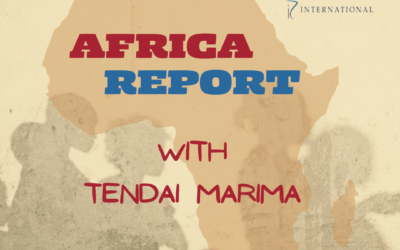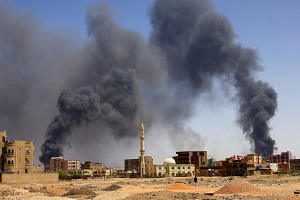Faizel Patel, Radio Islam News, 2015-07-22
The University of Birmingham has found what may be the world’s oldest fragments of the holy Qur’an.
According to a BBC article, Radiocarbon dating found the manuscript to be at least 1,370 years old, making it among the earliest in existence.
The pages of the Muslim holy text written in “Hijazi script”, an early form of written Arabic had remained unrecognised in the university library for almost a century.
It forms part of the Mingana Collection of more than 3,000 Middle Eastern documents gathered in the 1920s by Alphonse Mingana, a Chaldean priest born near Mosul in modern-day Iraq.
This “exciting discovery” would make Muslims “rejoice”, said Dr Muhammad Isa Waley, The British Library’s expert on such manuscripts.
Dr Waley said the two folios, in a beautiful and surprisingly legible Hijazi hand, almost certainly date from the time of the first three caliphs”.
The first three caliphs Hazrat Abu Bakr, Hazrat Umar & Hazrat Uthman ibn Affan (RA) were leaders in the Muslim community between about 632 and 656.
Dr Waley says that under the third caliph, Hazrat Uthman ibn Affan (RA), copies of the “definitive edition” were distributed.
“The Muslim community was not wealthy enough to stockpile animal skins for decades, and to produce a complete Mushaf, or copy, of the Holy Koran required a great many of them.”
Professor David Thomas, the university’s professor of Christianity and Islam says the dating of the Birmingham folios would mean it was quite possible that the person who had written them would have been alive at the time of the Prophet Muhammad (PBUH).
“The person who actually wrote it could well have known the Prophet Muhammad (PBUH). He would have seen him probably, he would maybe have heard him preach. He may have known him personally – and that really is quite a thought to conjure with.”
Professor Thomas says that some of the passages of the Qur’an were written down on parchment, stone, palm leaves and the shoulder blades of camels – and a final version, collected in book form, was completed in about 650.
He says that “the parts of the Qur’an that are written on this parchment can, with a degree of confidence, be dated to less than two decades after Prophet Muhammad’s (PBUH) death”.
“These portions must have been in a form that is very close to the form of the Qur’an read today, supporting the view that the text has undergone little or no alteration and that it can be dated to a point very close to the time it was believed to be revealed.”
According to Muslim tradition, the Prophet Muhammad (PBUH) received the revelations that form the Qur’an between the years 610 and 632, the year of his death.”
The local Muslim community has already expressed its delight at the discovery in their city and the university says the manuscript will be put on public display.
“When I saw these pages I was very moved. There were tears of joy and emotion in my eyes. And I’m sure people from all over the UK will come to Birmingham to have a glimpse of these pages,” said Muhammad Afzal, chairman of Birmingham Central Mosque.







0 Comments